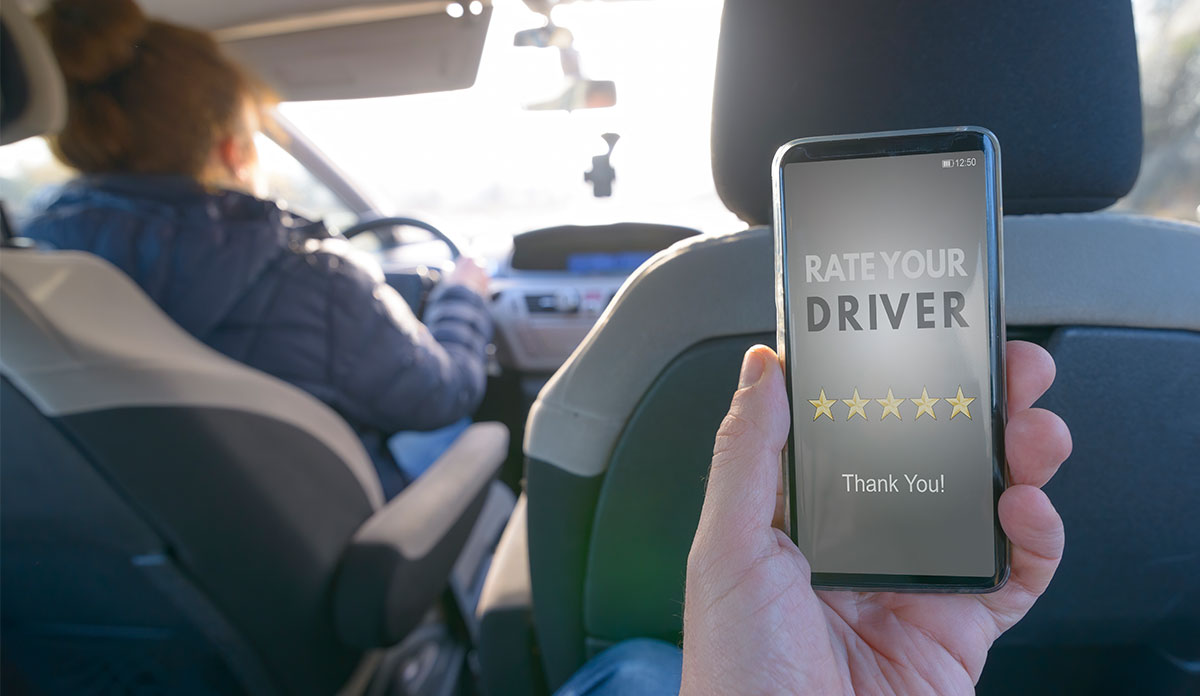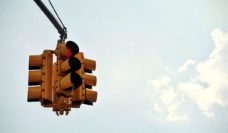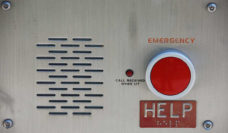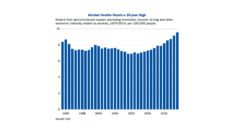You are a responsible adult. Public service announcements about the dangers of drunk driving are not lost on you. If you plan to consume alcohol, you will simply call a cab or car service.
Ridesharing services allow patrons to request transportation on-demand, pay electronically through their phones, and share location information with friends and family. They also have the potential to reduce the incidence of drunk driving. In 2014, Uber reported that the company’s entry into Seattle was associated with a 10% decrease in DUI arrests. The report also indicated that peak use of the app correlated with bar closing times in several metropolitan areas.
However, some studies indicate that ridesharing platforms, like Uber and Lyft, may lead to increased alcohol use. Scientists credit this kind of behavior to the Peltzman effect, a phenomenon in which people are more careful when they sense greater risk and less careful when they feel protected. The desire to get home safely may reduce how much someone drinks, but the guarantee of safe transportation lessens reasons to limit drinking.
Teltser, Lennon, and Burdgorf investigated the relationship between Uber availability and alcohol consumption. The authors used responses to the Behavioral Risk Factor Surveillance System Selected Metropolitan/Micropolitan Areas Risk Trends survey to examine alcohol use in American cities and suburbs across the nation from 2009 to 2017. The research team found that the presence of Uber was associated with a 2.7% increase in drinking days and a 5.4% increase in total drinks. That 5.4% increase corresponds to more than 580,000 additional alcoholic beverages per US Metropolitan and Micropolitan Statistical Area per month.
Still, Telster and colleagues cited a previous study indicating that UberX reduced motor vehicle fatalities by 3.6% in California, which supports the company’s claim as being useful for preventing reckless driving. Other literature by Johns Barrios suggesting an increase in alcohol-related collisions and fatalities with the availability of ridesharing services. One possible explanation for these conflicting findings relates to the social nature of alcohol use. People with and without plans to use ridesharing services may drink together. Those without safe transportation plans may drink past the legal driving limit, because they are drinking with people who plan to use ridesharing services and are free from the responsibility of driving. The expansion of safe transportation tends to increase the number of “nights out” and thus alcohol consumption.
Relying on Uber for a safe ride home when you’ve been drinking is always a safer option than driving under the influence. But the safety net of Uber may prompt heavier drinking. Uber may offer protection for a night, but the effects of regular overconsumption of alcohol can have longer-lasting effects.
Photo via Getty Images














